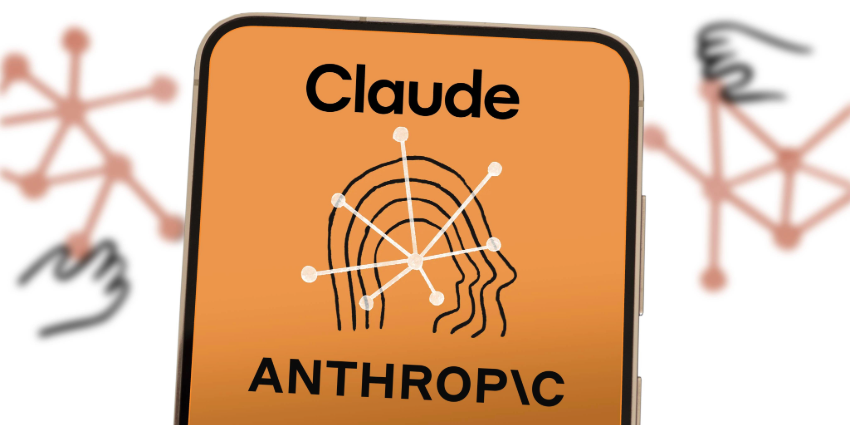Released this week, OpenAI’s GPT-4.1 model family outperforms its predecessors with major improvements in coding, instruction following, long context handling and improved comprehension throughout.
It also features a refreshed knowledge cutoff of June 2024 and delivers exceptional performance at lower costs than previous models.
Whether you’re using the standard, mini or nano models – this guide will help you navigate the vast array of possibilities 4.1 brings, focusing on creating effective non-coding prompts.
Let’s get started!
1. Understanding GPT-4.1’s Core Strengths
- Improved Instruction Following: GPT-4.1 follows instructions more literally and precisely than previous models.
- Enhanced Long Context: Can handle up to 1 million tokens with better comprehension throughout.
- More Literal Interpretation: Takes instructions at face value with less inference of intent.
2. Basic Prompt Structure
- Role and Objective: Define who the AI should be and what it’s trying to accomplish.
- Instructions: Provide clear, specific guidelines for the response.
- Output Format: Specify exactly how you want information presented.
- Examples: Demonstrate ideal responses when helpful.
- Context: Include relevant information the AI needs to complete the task.
- Final Instructions: End with critical guidance and thinking steps.
3. Writing Clear Instructions
- Be Explicit: State exactly what you want; GPT-4.1 follows instructions more literally.
- Use Positive Language: Say what to do rather than what not to do.
- Prioritize Instructions: Place the most important instructions at the beginning and end.
- Avoid Contradictions: Check that your instructions don’t conflict with each other.
- Be Specific: Replace vague terms like “good” or “helpful” with precise criteria.
4. Mastering Long Context Prompts
- Organization Matters: Place instructions at both the beginning and end of provided context.
- Use Effective Delimiters: XML or markdown work well for structuring long documents.
- Document Format: Use clear identifiers and consistent formatting for multiple documents.
- Balance Knowledge: Explicitly state whether to rely only on provided context or incorporate model knowledge.
5. Encouraging Step-by-Step Thinking
- Explicit Chain of Thought: Ask GPT-4.1 to “think step by step” for complex problems.
- Define Process Steps: Outline the specific thinking process you want the model to follow.
- Request Analysis First: Ask for document/information analysis before jumping to conclusions.
- Include Reflection: Request the model evaluate its own answer after providing it.
6. Optimizing Output Format
- Use Examples: Provide a sample of exactly how you want information structured.
- Specify Detail Level: Indicate how comprehensive or concise the response should be.
- Define Formatting: Request specific formatting like bullet points, tables, or paragraphs.
- Consider Headings: Request organized sections with clear headings for longer outputs.
7. Troubleshooting Common Issues
- Too Literal: If responses are too rigid, add “use your judgment” where flexibility is needed.
- Incomplete Responses: Request the model to “be thorough and complete” for important tasks.
- Inconsistent Structure: Provide a clear example of exactly how information should be organized.
- Contradictory Instructions: Review your prompt for conflicting guidance.
8. Fine-tuning Your Approach
- Test Iteratively: Run several versions of your prompt to compare results.
- Add Specificity: When responses aren’t quite right, add more detail to your instructions.
- Simplify Complex Instructions: Break down complicated requests into clear steps.
- Learn From Failures: When a prompt doesn’t work, analyze why and adjust accordingly.
Think of prompting GPT 4.1 like training a very smart dog – be consistent, be clear, and don’t be surprised if it occasionally brings back a stick when you wanted the newspaper!








